An overview of some DIY methods of insulating your doors and attics to try and keep your home at the ideal temperatures for the season.
Here we learn what is a comfortable home temperature and the ideal temperature setting for home heating, In addition, find a description of some DIY methods to keep your home insulated from the outdoors. Include tips the ideal temperature to keep your home as well as insulation techniques for windows, doors, and attics.
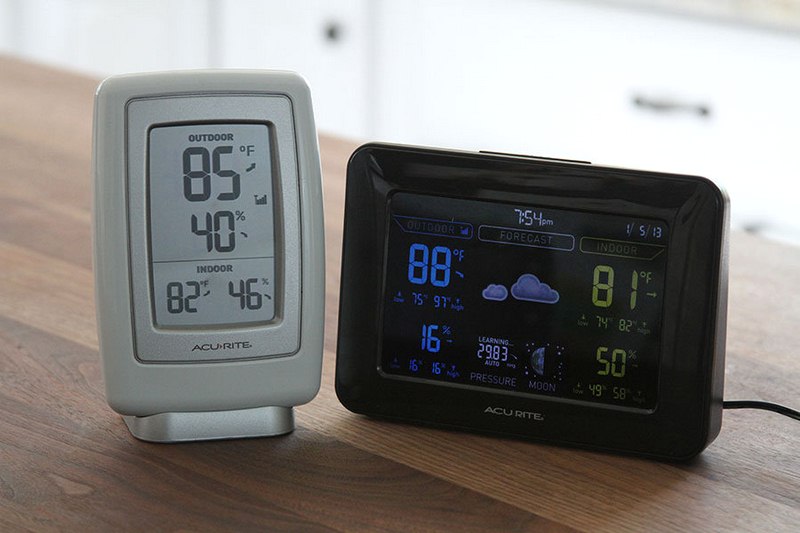
What is the Ideal Home Temperature and How to Keep it There
Keeping a home a different temperature than the outside air can be an expensive proposition. Learn what is a comfortable home temperature and the ideal temperature setting for home heating as well as ideas to make it easier and more economical to control the temperature of your home.
Read Also:
Ideal Home Temperatures
While the perfect, comfortable temperature will vary from person to person, most people will feel comfortable somewhere in the mid to low 70s. Despite how comfortable it feels, it isn’t always economical to keep the temperature at such levels.
The California Energy Commission recommends that you set your temperature controller to 78 degrees in the summer and 68 degrees in the winter for the ideal setting. According to their calculations, you can save about 3 percent on your energy bill for every degree your controller is set above 72 in the summer, and below 70 in the winter.
They also recommend setting the temperature controller about 10 degrees lower (higher in the summer) than normal if you are going to be away from home for any period of time.
By taking advantage of home insulation techniques, it will be easier to maintain a comfortable temperature in your home. You can then choose to keep your home at a more pleasant temperature for the same cost, or you can simply enjoy lower electric and gas bills.
DIY Ways of Temperature Control
Whether you are trying to keep warm in the winter, or cool in the summer, if you don’t take the right precautions to secure your house from the outside you can find yourself wasting money on every electric and oil bill. Luckily there are a few steps you can take to keep your conditioned air inside your house, instead of escaping to the outdoors.
The key to keeping your home at a different temperature than the outside is insulation. Different types of insulation can be used in your windows and doors, as well as in your attic and walls. Insulation will slow down the transfer of heat from one room to the next, keeping your house a more even temperature.
While you can’t make your whole house the same temperature as the room where your temperature controller is, you can ensure that the rest of the house is within a few degrees of that level.
Window Insulation
The biggest enemy of temperature control in any house is going to be the windows. While they are great for letting in natural light, windows greatly expedite the transfer of heat from one area to another, compared to a wall or door. Double or triple paned glass uses air between the panes as an insulator, expensive windows even use Argon instead of regular air for better insulation.
Replacing your windows with these types may be the best option for controlling the temperature in your house, it is neither easy nor inexpensive.
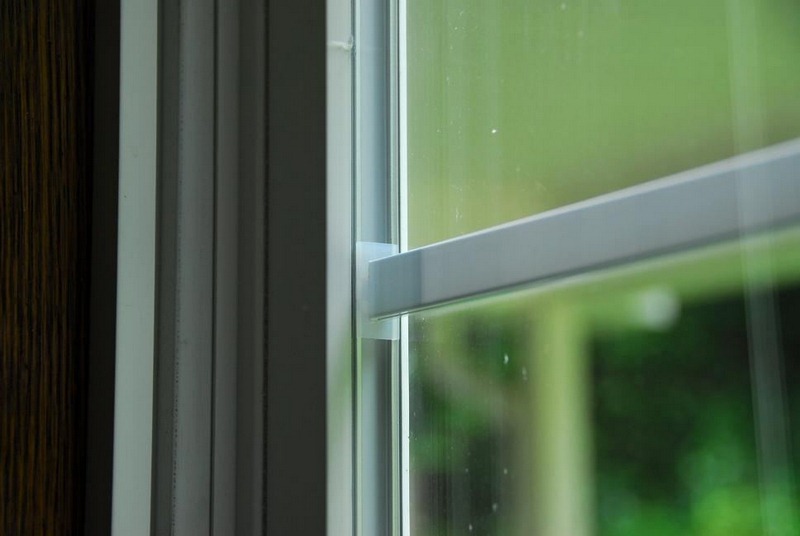
Consider bubble wrap for an ultra-inexpensive way to insulate your windows. Like double-paned glass, bubble wrap uses air to insulate your home from the outside. Just dampen the glass and press the bubble side of the bubble wrap against the window, that’s all there is to it.
If you want something that looks a little cleaner you can buy window insulation film. Just tape the film into place over the window and blow it with a hairdryer. Both these methods will obscure your views, so only use them on windows that are there for lighting purposes rather than viewing purposes.
You can also consider replacing your weather stripping around the edges of your window. Weather stripping will not prevent heat loss through the glass but will stop some of the air flow through gaps in the window. You can buy self-adhesive weather stripping from any home improvement store.
Attic Insulation
After the windows, the next biggest temperature control loss in a house is normally the attic. While most homes will have some type of insulation in the attic, it may be far less than what you need. Visit this site, enter your zip code and answer a few questions about your house and it will calculate the appropriate R-value that the insulation in your attic needs to be. If you have less than that, or none at all, it’s time to add some insulation.
Purchase the insulation from any home-improvement store. Cut it to fit between your rafters and begin to lay it out. Make sure that you don’t block any of the soffits on the side of your house, as these are required for proper ventilation. You can cut the insulation to fit around obstacles, but don’t flatten it to fit anywhere, as this will remove much of the air from it and make it less effective. Make sure to keep the insulation a few inches away from any recessed lighting.
Door Insulation
The windows on your doors can be insulated by the same methods as normal windows, especially if you don’t mind making the glass a little fuzzy. The door itself is a bit more difficult. You can’t completely seal the seams of the door since you need it to open and close, but you can make is somewhat airtight.
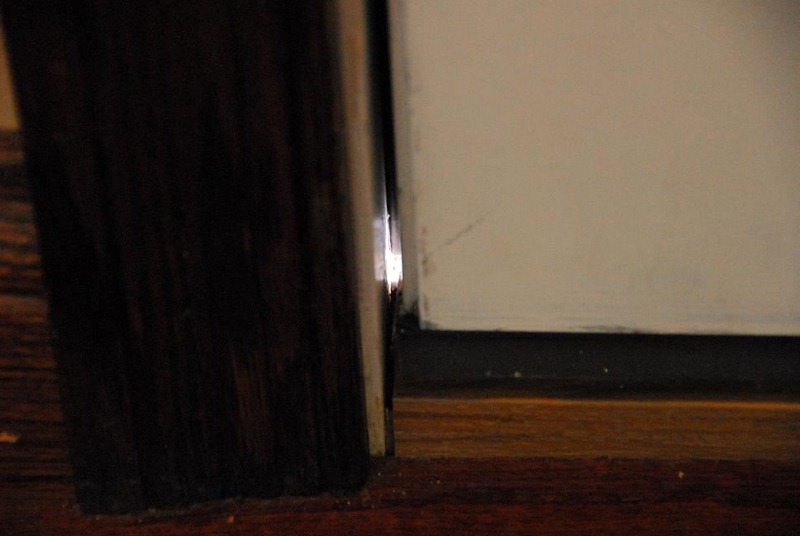
Close the door when the sun is bright outside and look around the edges of the door. If you see any light coming in, you can bet that you a bunch of air is coming in as well. You can purchase an exterior door gasket, for the side of the door opening and the bottom of the door, at any hardware store. Most of them use adhesive to stick to the wall.
You can also remove the trim from the sides of the door, on the inside and outside of the door and check the insulation around the door. If you see exposed gaps, fill the gaps with spray foam or fiberglass insulation. Cover your insulation, and any area under the trim on the outside of the door with tape to further protect it from the weather.
Simple Steps for Temperature Control
Don’t forget that there are several easy steps you can take to control your home’s temperature on top of the DIY style projects. Close the blinds and shut the doors to rooms that you will not be accessed for a while.
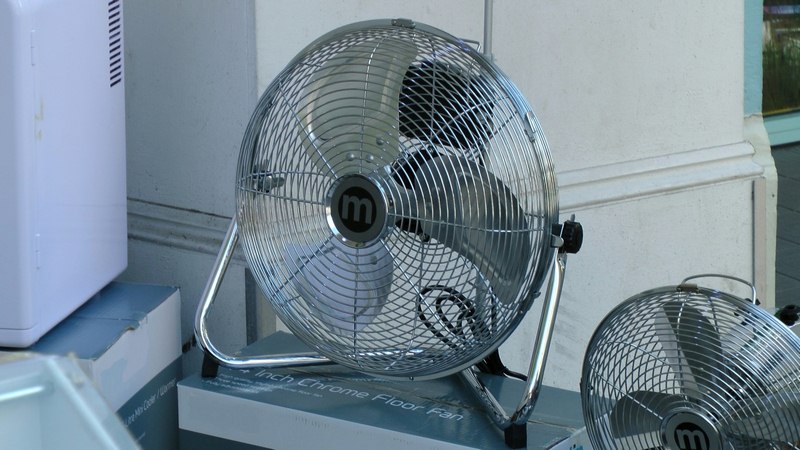
Closing the vents to rarely used areas of the house will make it easier for your air system to heat or cool the rest of the house. The simple act of turning on a ceiling or floor fan can make a room feel a few degrees cooler than it really is, so you won’t have to lower the temperature as much in the summer.
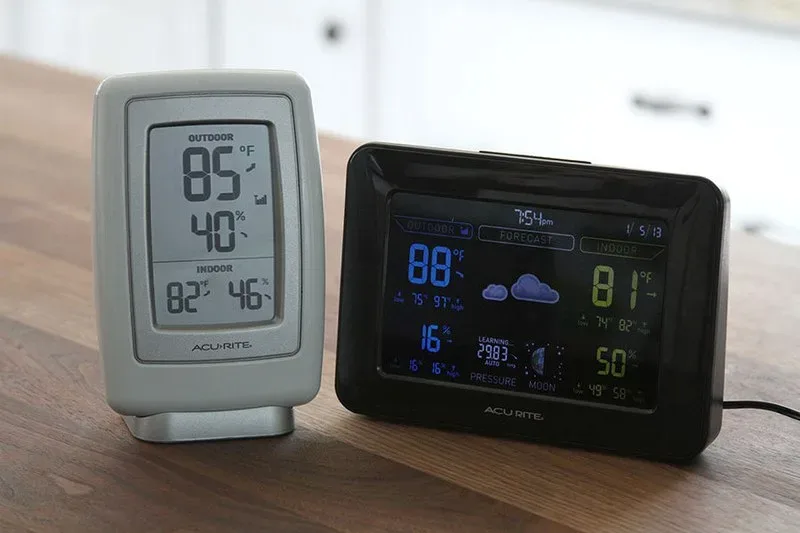
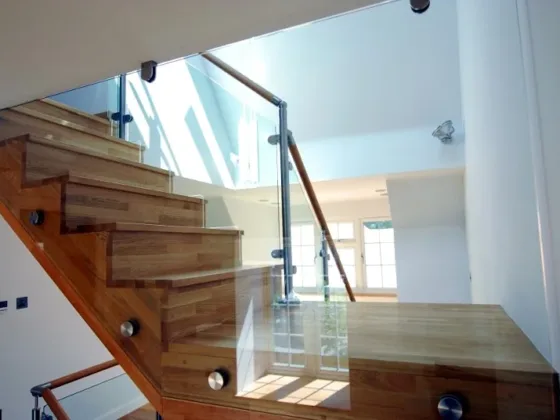
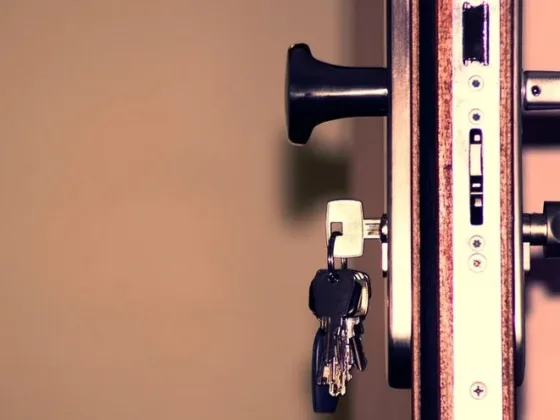
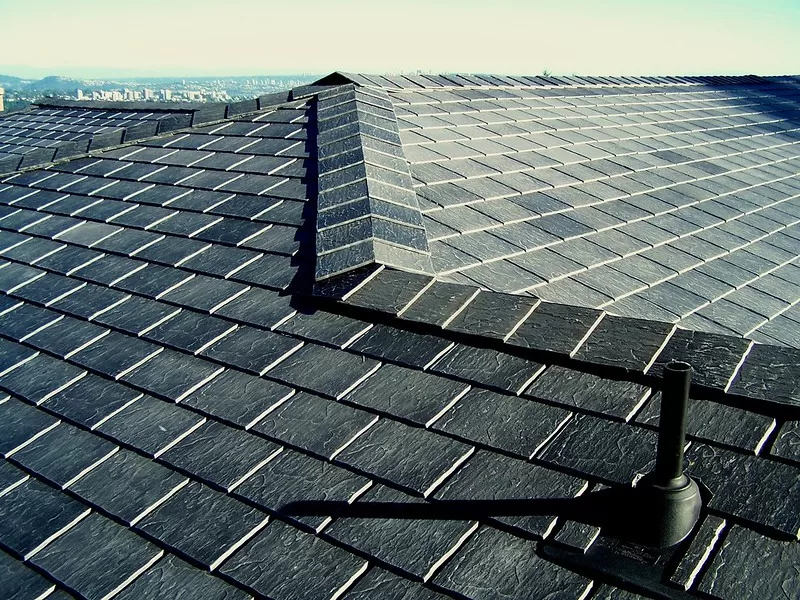
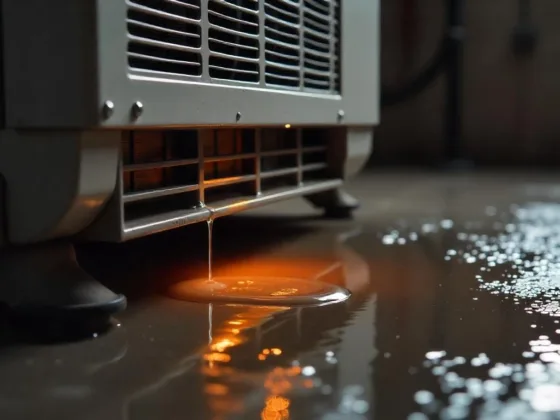
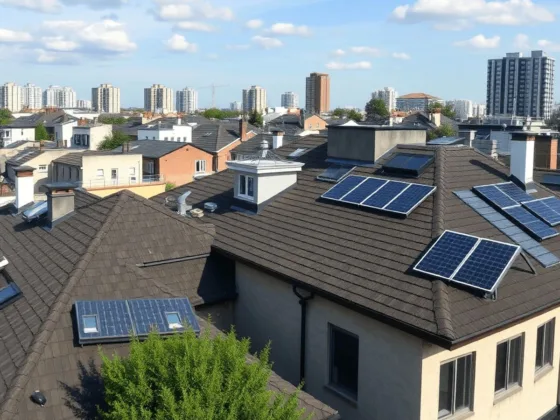
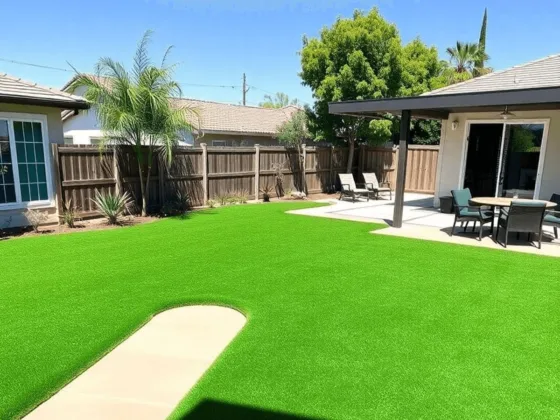
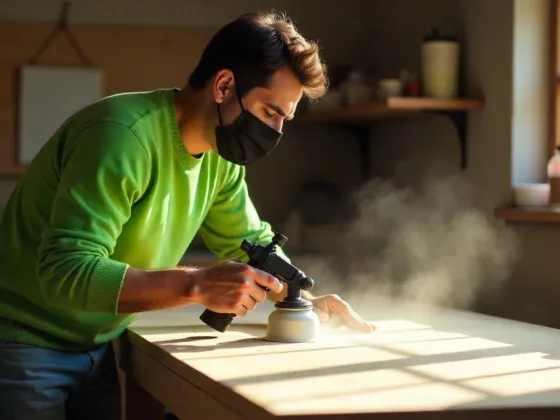

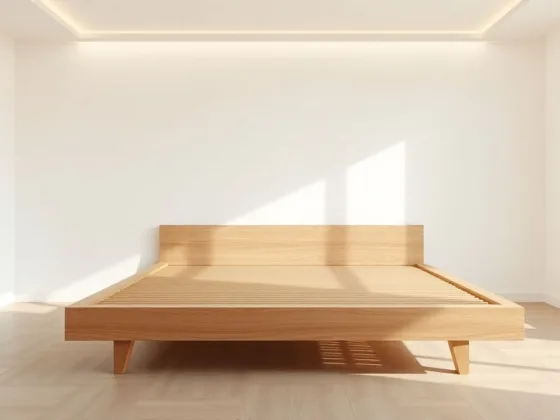
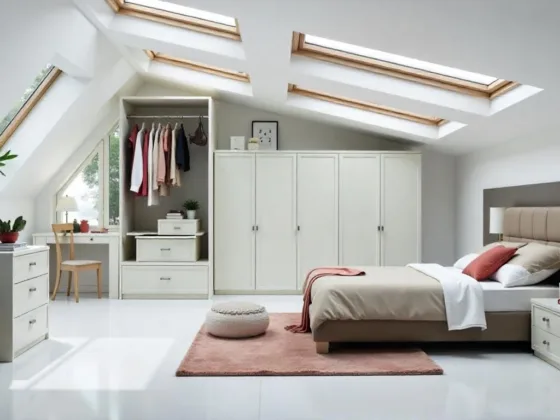
1 comment
If The Outside Temp Goes Up This Summer, What Would Be One Outdoor Temp That We Would Need To Stay Home & To Stay Down Low To The Floor?